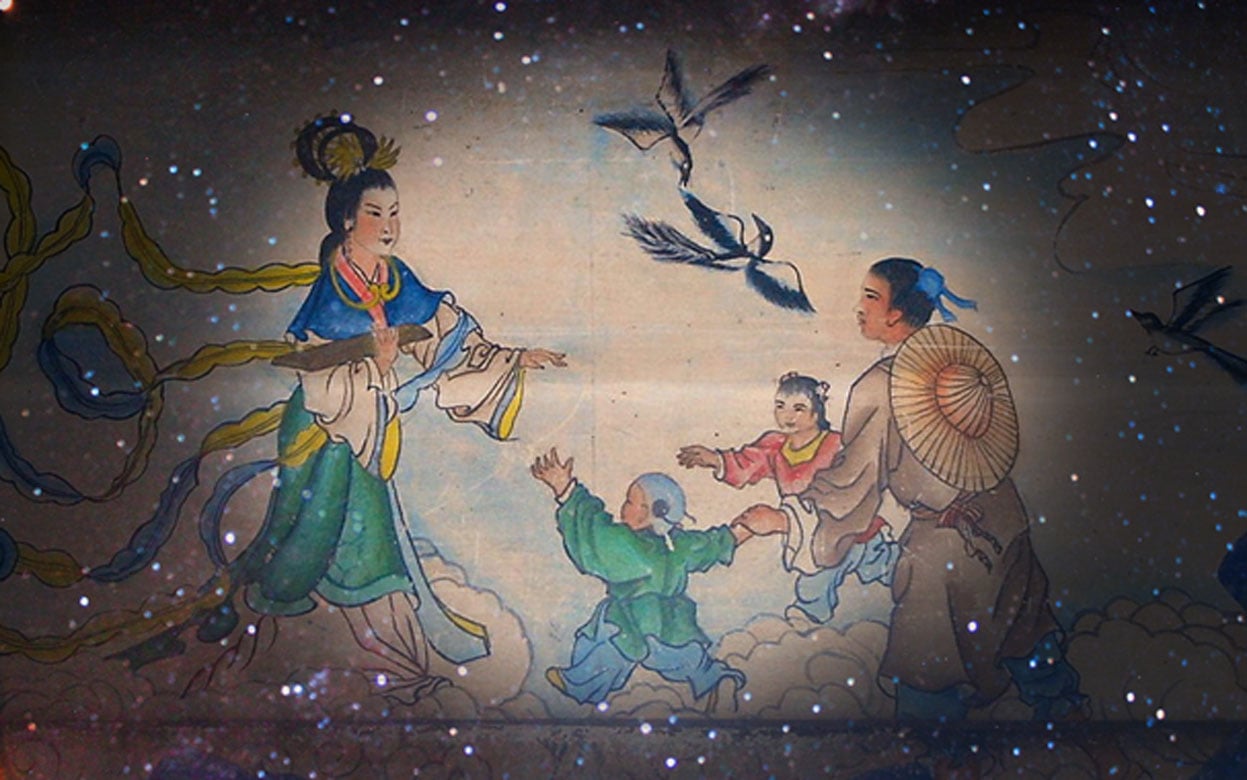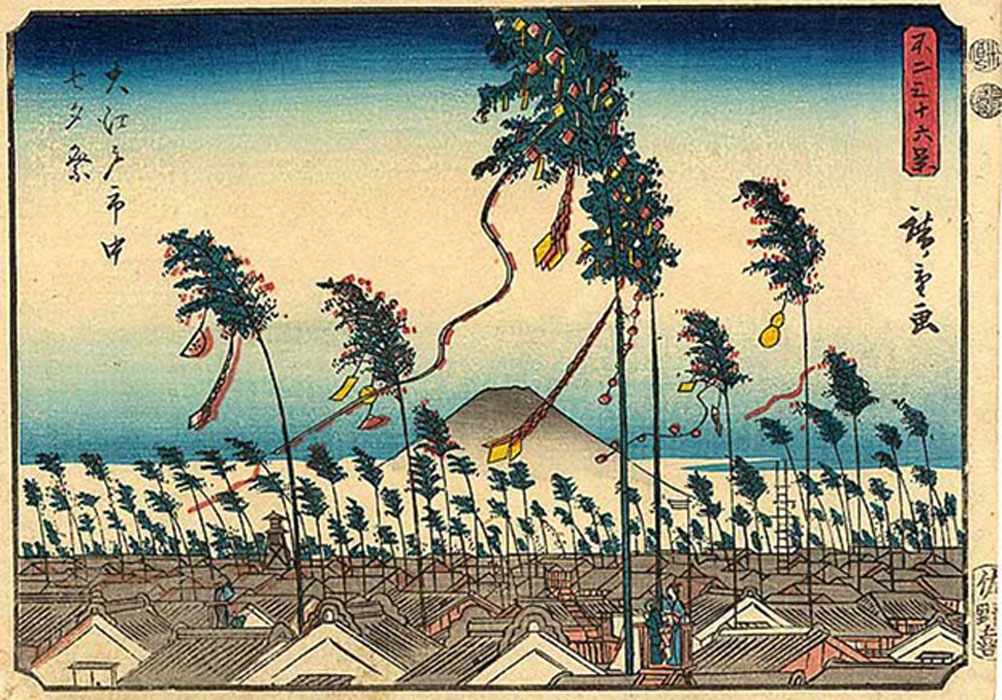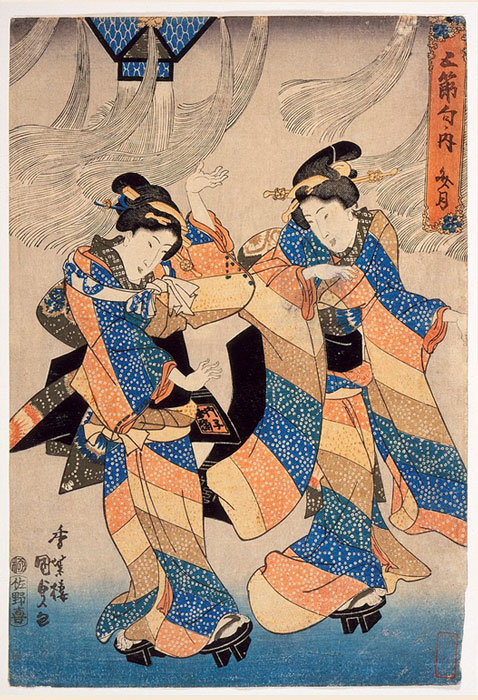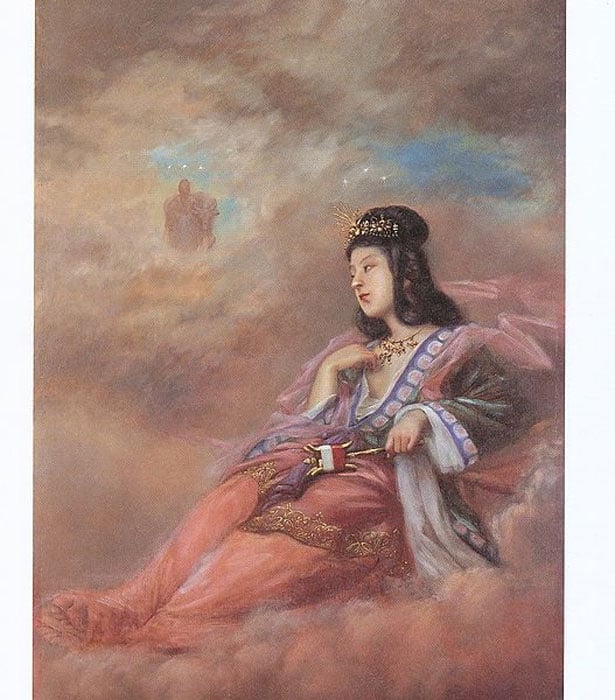
The Cowherd and the Weaver Girl: An Ancient Celestial Legend of Star-Crossed Lovers in the Sky
China’s traditional Qixi (“Double Sevens”) Festival has been celebrated for at least 2000 years. Since the Han Dynasty (206 BC – 220 CE), on the seventh night of the seventh month, young women would work with needle and thread in the moonlight and pray for a good marriage in the future. After an incense burning ceremony, they would then gaze at the night sky for the two stars, Vega and Altair, which are separated by the vast expanse of whiteness of the Milky Way, and make their wishes as children picked wild flowers and hung them around horns of oxen.
In Japan, the annual meeting between the two stars is equally celebrated as the Tanabata (“Weaving Princess”) Festival. Traditionally, a bamboo plant would be brought into the house, and a picture of the two stars would be hung upon it. The Altair star is represented as a farmer leading a cow, and the Vega star is a princess with a loom.

Japanese woodblock print of Tanabata festivities in Edo (Tokyo), 1852. (Public Domain)

Tanabata Festival Dance, Japanese woodcut, 1830s. (Public Domain)
These celebrations originated in the ancient story of the Cowherd and the Weaver Girl.
The Legend of the Stars Who Can Only Meet Once a Year
In legend, the Vega and the Altair Stars were in love. However, it was forbidden for the stars to fall in love. The Celestial Queen Mother and the Heavenly Emperor heard of their love and became furious. Despite the other stars’ protestations on behalf of the two lovers, the Celestial Queen Mother banished the Altair Star down to earth. The Vega Star was punished to weave the clouds in the sky for all eternity. Because of this, she became known as Zhinu (“the Weaver Girl”). In the legend, clouds in the skies were weaved by the Zhinu with celestial silk. Different colors were weaved according to different times of the day and season.

The Weaver Girl (Public Domain)




